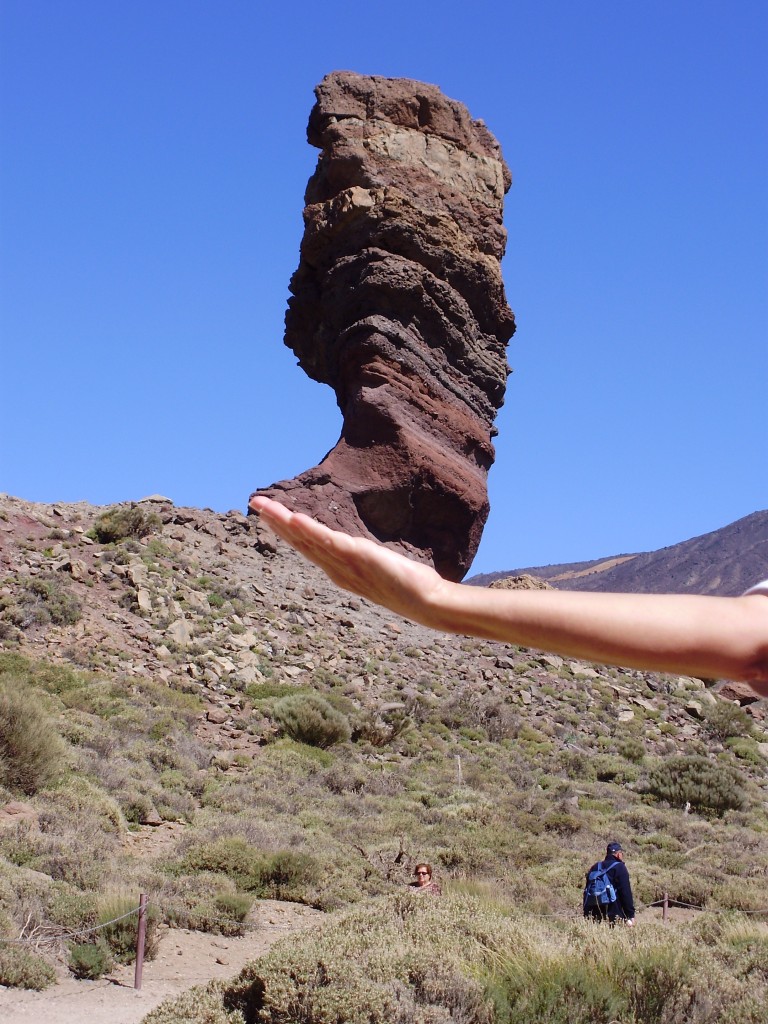Follow us on Facebook!
In 2009 we took a repositioning cruise with our friends Chris and Sheila. The ship, the Navigator of the Seas, left from Fort Lauderdale and was at sea for seven days before finally reaching our first port of call, Santa Cruz de Tenerife in the Canary Islands. As with all ports of call on cruises, there was a variety of shore excursions we could take. Or we could just wander around the town of Santa Cruz. We opted to take the trip up Mount Teide, the island’s volcano.
Mount Teide last erupted in 1909 and is considered dormant. It could erupt again in the future. At 24,600 feet (7500 meters) it is the third highest island volcano in the world after Mauna Kea and Mauna Loa in Hawaii.
The bus took us on a meandering road through fields and villages and finally into Teide National Park, which gets about 2.8 million visitors a year. As we got higher and higher we had many spectacular views of the villages and the sea below. Upon entering the park, the peak drew closer and closer. We stopped for a photo op part way there.

We left the verdant landscape behind as we continued on our way. Soon we were left with nothing but lava fields all around with sparse patches of vegetation. Almost a moonscape.
It was here in this wild setting that parts of the movie One Million B.C. with Raquel Welch were filmed.

Finally we arrived at our destination – not the summit, but a tourist area where we could get off the bus and wander around at our leisure to take in the many interesting rock formations.

From one vantage point you could see a frozen river of lava in a bowl between the peaks. I called it the Teide Bowl (Tidy Bowl). My warped sense of humour.


After some time here the bus took us on the long and winding road back to town.

We took a slightly different route on the way back, one that took us past Tenerife Airport. This was the site of the world’s worst aviation disaster in 1977 when two Boeing 747s collided.
We arrived back at Santa Cruz with enough time to explore this bustling seaside city. It is a lovely city with a good-sized pedestrian mall and lots of shops and restaurants to explore.

The Canary Islands are an autonomous community of Spain, sort of like a state in the U.S.A. or a province in Canada. Spain’s government is very decentralized with a lot of power residing within the smaller divisions of the country. We visited three more Spanish ports of call on our trip, as well a Lisbon, Portugal. I’ll cover the highlights of those in later posts.
Follow us on Facebook!
